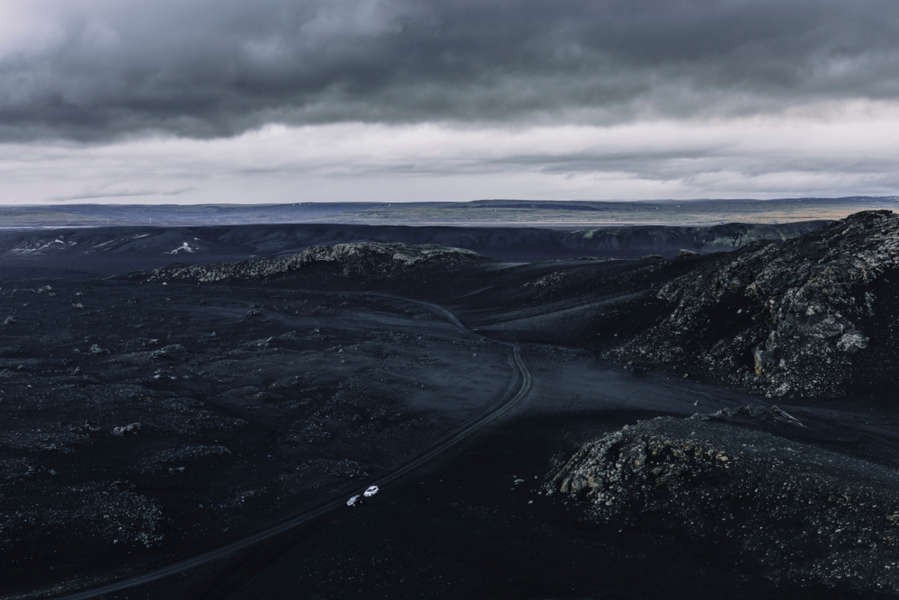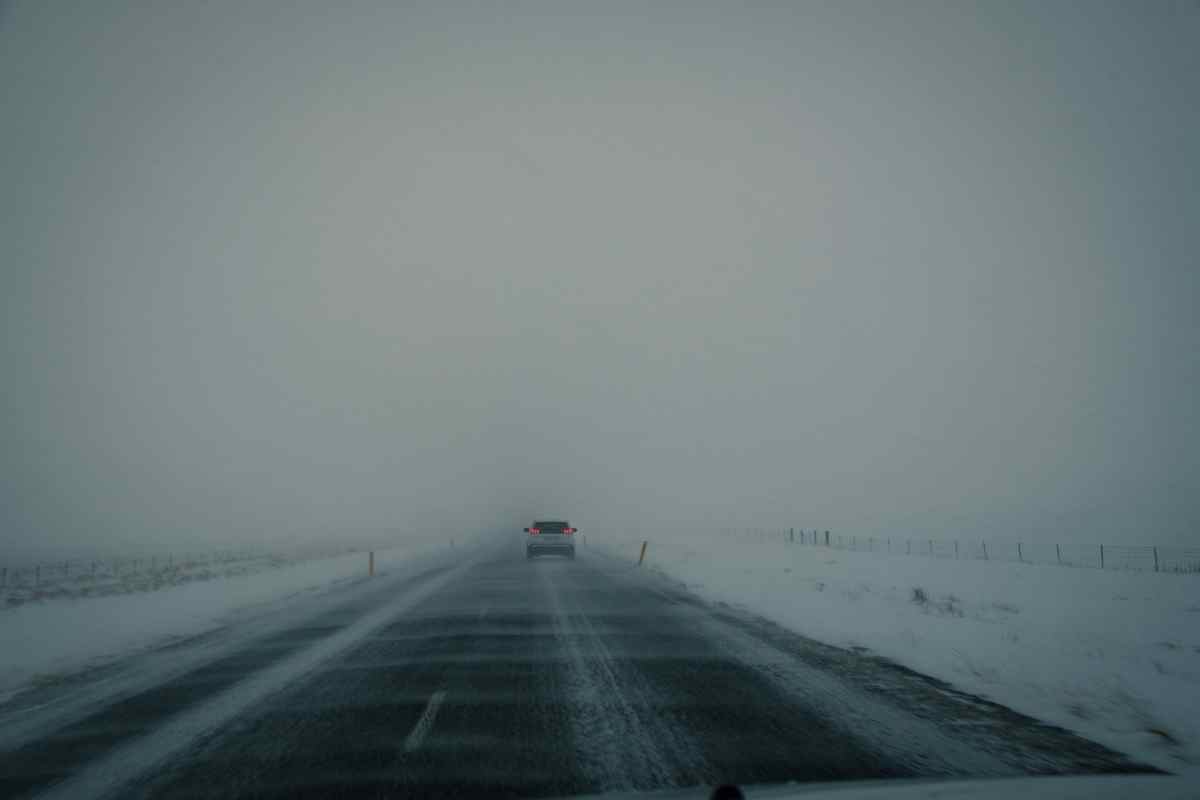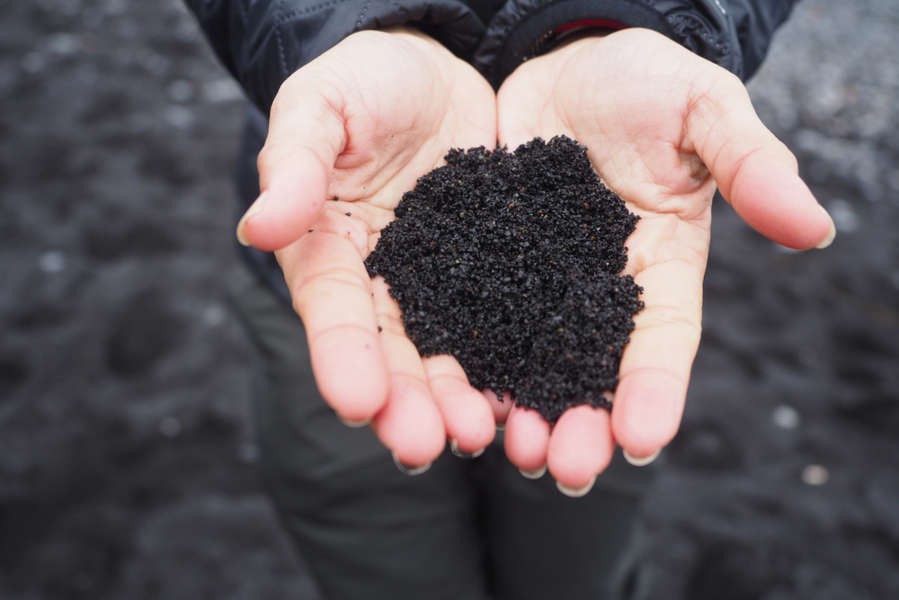This is definitely not something that people usually associate with each other – a sandstorm in Iceland. But this is an actual occurrence here on the island, and one that’s especially important to take note of if you’re planning on driving a rental car around.
Now, the sandstorms in Iceland may not be what you’ve seen in the movies. A massive wall of sand isn’t going to envelop you for hours on end. Still, whenever the wind starts blowing, there is a risk of you getting real uncomfortable. You can experience damage to your personal property and your vehicle. In this article, we share everything you need to know about sandstorms in Iceland and how to safeguard against them.
What is a Sandstorm?
The definition of a sandstorm is when the wind blows and picks up the sand off the ground. This is typically why movie sandstorms always look so impressive (it’s usually depicted in the desert, where there is a LOT of sand to get picked up).
When does a Sandstorm in Iceland Occur?
As we already touched on, a sandstorm in Iceland looks a little different from your average stuck-in-the-desert movie scene. But even though we may not have that much sand, we have plenty of wind. In fact, the Icelandic winds are quite legendary. Our winds can get so strong that they have been known to rip car doors straight off their hinges!

So, if you combine our winds with a dirt or gravel road. Or when driving along the Icelandic coast with all its sandy beaches, you are bound to experience your own little mini sandstorm. You also need to understand that the Land of Fire and Ice has a lot of loose material spread throughout the island (remnants of past eruptions), so a sandstorm in Iceland will generally include more than just sand.
How Often Do Sandstorms Occur in Iceland?
The short answer is; whenever the wind blows in a sandy area or where lots of loose material are lying around. Our winds usually record their record speeds during the wintertime, but fall and spring are also known for being pretty windy at times.
Just to give you an idea of what to expect; during the fall and the spring, the average wind speed is roughly 17 kilometers an hour. However, during the winter season, winds can reach a staggering speed of 25+ kilometers an hour! The only redeeming factor during the winter months is that snow and ice covering the ground tend to keep the wind from being able to pick things up off the ground.
Generally, the months where sandstorm damage is at an all-time high are during February, March, and April through September – when the winds are still pretty strong and most of the snow and ice has melted.

Which Areas of Iceland are Most at Risk?
Unstable sandy areas can be found all over the island, but generally speaking, you will be most at risk of sustaining sandstorm damage in the more remote regions of Iceland, such as the Westfjords and the Highlands. But also many areas within the South Coast of Iceland where volcanic ash is quite common.
You will also be more at risk on gravel roads, especially 4x4 routes such as the F-roads in Iceland. And, of course, you will be more at risk near the coast with its sandy beaches.
Can I Avoid Sandstorms in Iceland?
Completely avoiding a sandstorm in Iceland can’t be 100% guaranteed, but there are definitely ways of safeguarding yourself and minimizing the risk. Firstly, you can try to avoid the areas we mentioned above (which kind of defies the point of exploring a country).
Secondly, you can visit the island during the summer months when the wind is at its mildest, or mid-winter when the snow and ice on the ground are at their thickest. Thirdly, you can simply be mindful of the wind conditions and keep an eye on the Iceland weather forecast, and play it safe by getting the relevant insurance coverage to protect you against any potential damage that may occur.

What Type of Car Insurance Should I Get Against Sandstorms in Iceland?
We highly recommend that you get Sand and Ash Protection (SAAP). This will protect you against any damage caused to the windows or the body of the vehicle due to sand or ash. Just discuss your proposed routes with your rental agent, so they can recommend any additional insurance coverage you may need in Iceland for the specific roads you’ll be driving on and the season you’ll be visiting.
A Possible Sandstorm in Iceland Shouldn’t Dictate When You Visit the Island
Whilst there’s always a possibility of a sandstorm in Iceland, it’s definitely not on a movie scene scale. And as long as you stay mindful and have the appropriate insurance coverage, there’s no reason why you should be planning your trip or your trip itinerary around potential sandstorms. Just remember to chat with your rental agent when renting a car in Reykjavik for some local and expert knowledge and the ultimate peace of mind.


 By
By


